Get all the equipment and ingredients you need to make sourdough onhand–and get that starter going.
[Note from BCP: We’ve had requests from readers over the years to share some sourdough tips, but honestly, it was never something that was in our repertoires. After all, sourdough seems to be anything but 1-2-3 and BCP. But, the art intrigues enough of you, that it seemed we had to share something–but how could we make sourdough BCPish? Making a shortcut version wasn’t going to work. Neither was a 9×13. So, we turned to Naomi Elberg of Naomi TGIS to demystify sourdough and write the ultimate beginner’s guide. This way, step by step, anyone who really wants to learn but finds it intimidating can follow along and learn to make sourdough!
This post will deal with getting the equipment you need and creating a starter. We’ll move onto baking your bread in the next post.]

What you need to get started:
- 2 large glass (Mason) wide mouth jars
- Long spoon or small silicone spatula
- Paper coffee filter/paper towel
- 2 rubber bands: one to secure the cover to the jar (or use the ring lid from the mason jar) and another band to mark starter levels (this will help you know when you feed it).
- Good quality kitchen scale with gram/oz/ lb/kg options. I recommend the My Weigh kitchen scale.
- Unbleached whole wheat flour
- Bottled water for starting your starter (and feedings until the starter is strong).
- Fine ground pink Himalayan sea salt
- White rice flour
- Shaker bottle (for rice flour) or small fine mesh sieve
- Banneton (proofing basket and used for dough shaping). I like using the plastic ones or a small plastic bowl as opposed to the bamboo ones that can have the tendency to mold.
- Unbleached bread flour/high gluten flour for baking
- A mixing bowl
- Danish dough whisk
- Disposable shower caps
- Dutch oven with lid (6 quart)
- Razor blade/lame (bread scoring tool)
- Oven mitt
- Parchment paper. I like using pre-cut round ones.
- Cooling rack
- Dough mat (optional)
What is a sourdough starter?
I love this quote: “Sourdough is more than just a recipe; it’s an understanding.”
Sourdough starter is a live culture and natural leavening agent. It’s made by mixing unbleached whole grain flour and water together and then letting it sit. The natural yeast and bacteria in the air around us reacts with the flour and water mixture by breaking down the starches (from the flour) into sugar thus beginning the fermentation process. The end result is called a “starter” aka wild yeast which has been used to make bread long before commercial yeast.
Your starter must be kept alive with regular feedings of flour and water to maintain its strength for maximum rising power.
Creating your starter:
* Always begin your starter with unbleached whole wheat flour.
* After this, you will feed your starter with unbleached all-purpose flour.
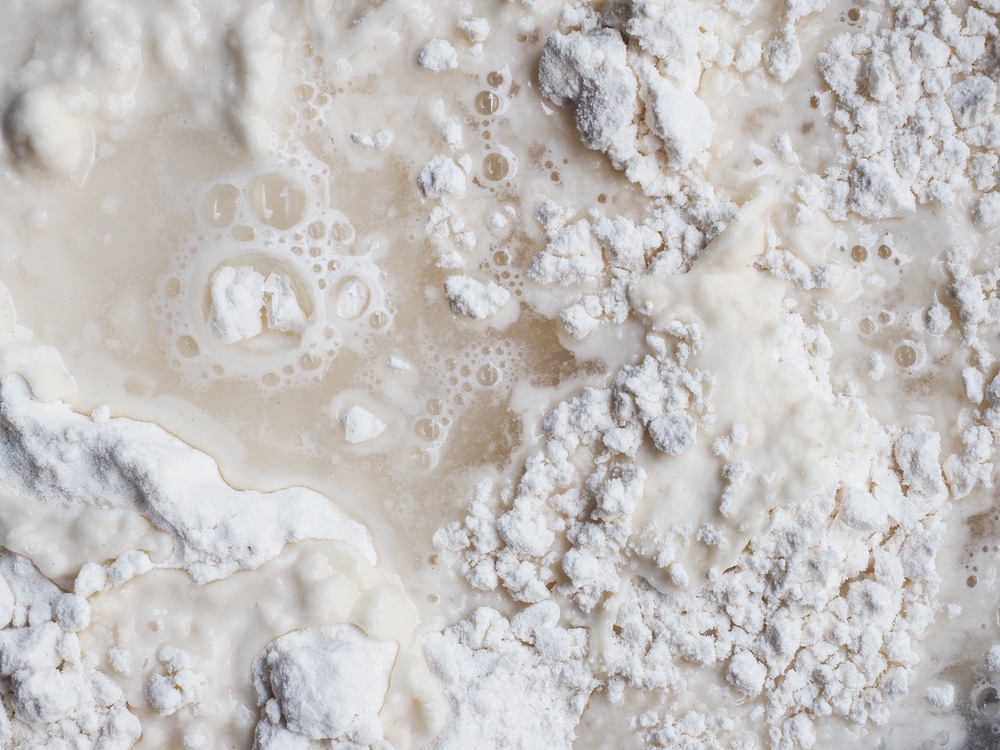
Add:
- ¼ cup (60 grams) unbleached whole wheat flour
- ½ cup (60 grams) bottled water
Combine flour and water in a glass jar. Mix and make sure there’s no dry flour in the jar. Cover the jar with breathable material + rubber band and let the mixture sit at warm room temperature for 24 hours.
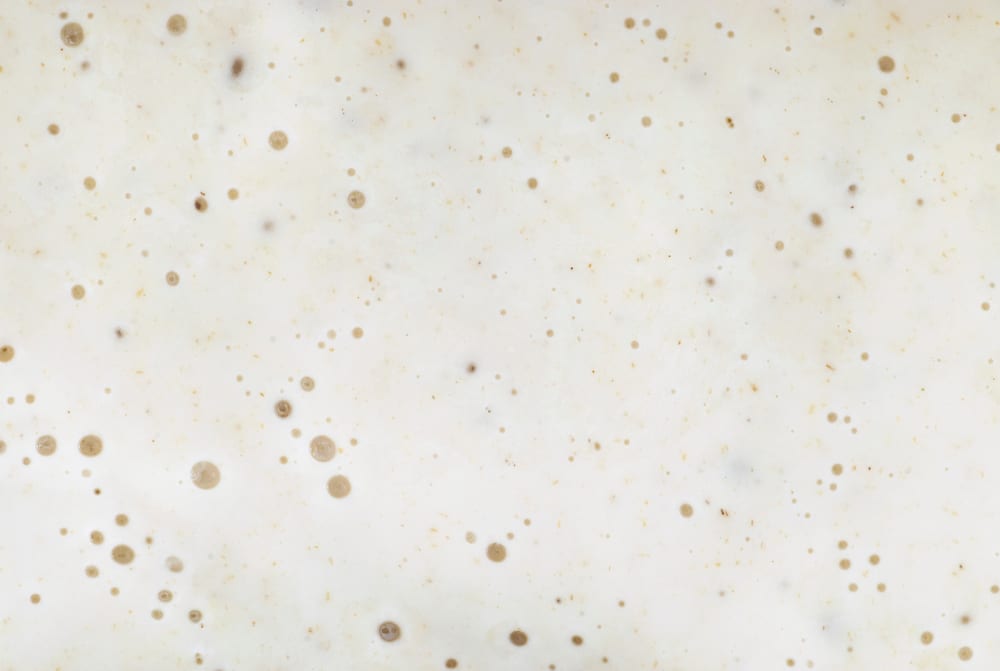
Day 3: Drain off any hooch that may have appeared once again. Weigh out the amount of starter you have and discard half (you can do this by transferring it to a bowl, or by placing another jar on the scale, pressing “tare,” and replacing the empty jar with the starter jar). If you have 120 grams of starter, remove 60 and keep 60.
Feed:
- To your 60 gram starter, add 60 grams water and 60 grams flour
Mix well. Your starter will look like a thick paste at first. Cover and place in a warm spot once again.
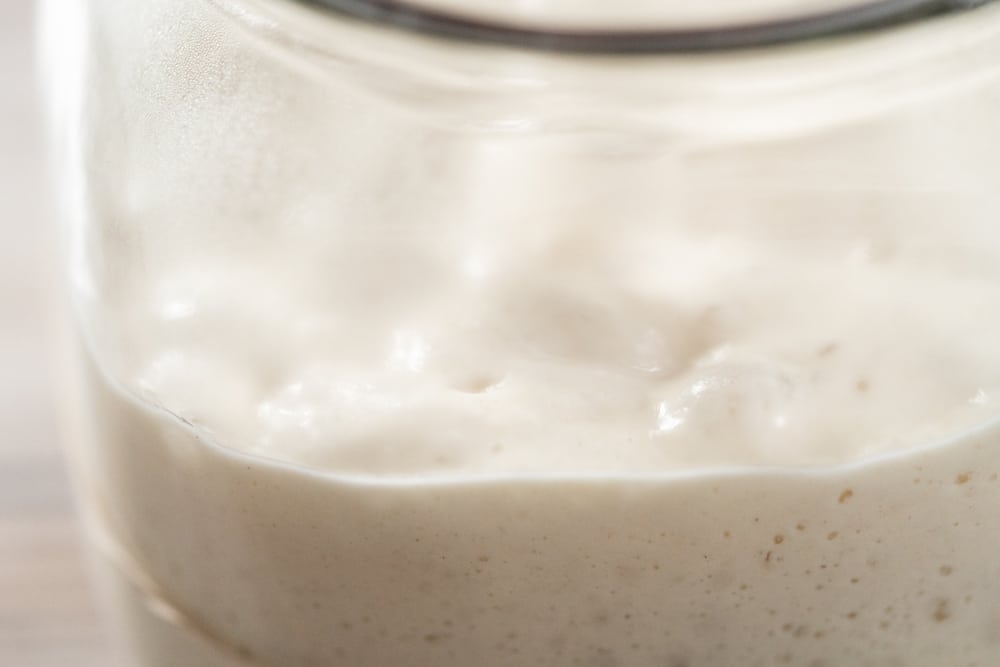
Continue the feeding process as mentioned above (discard half of the starter and feed reserved starter with water and flour). At this point you can place a rubber band on the base of the jar (around the area the starter reaches). As it becomes alive your starter will rise and bubbles will form on the surface and throughout the process. As it rises and falls, it’ll leave marks on the side of the glass jar. When the starter falls, it’s time to feed it again. (It may be 2x daily.)
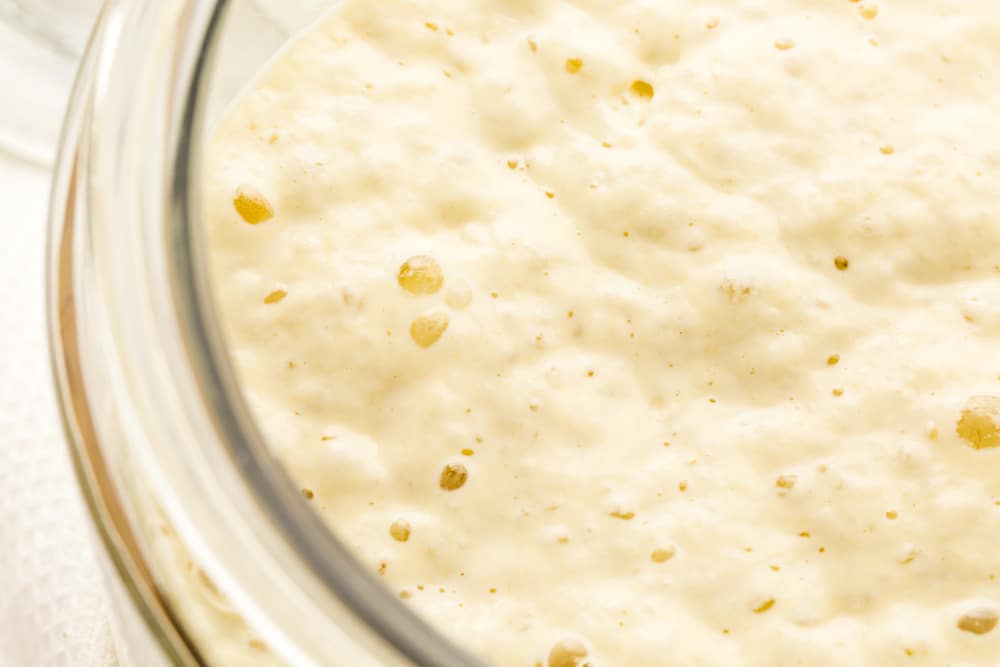
- Rises and falls
- Doubles in size
- Small and large bubbles on the surface and within the jar
- Spongy appearance/texture
- Non-sour smell(slightly fermented/slightly sweet)
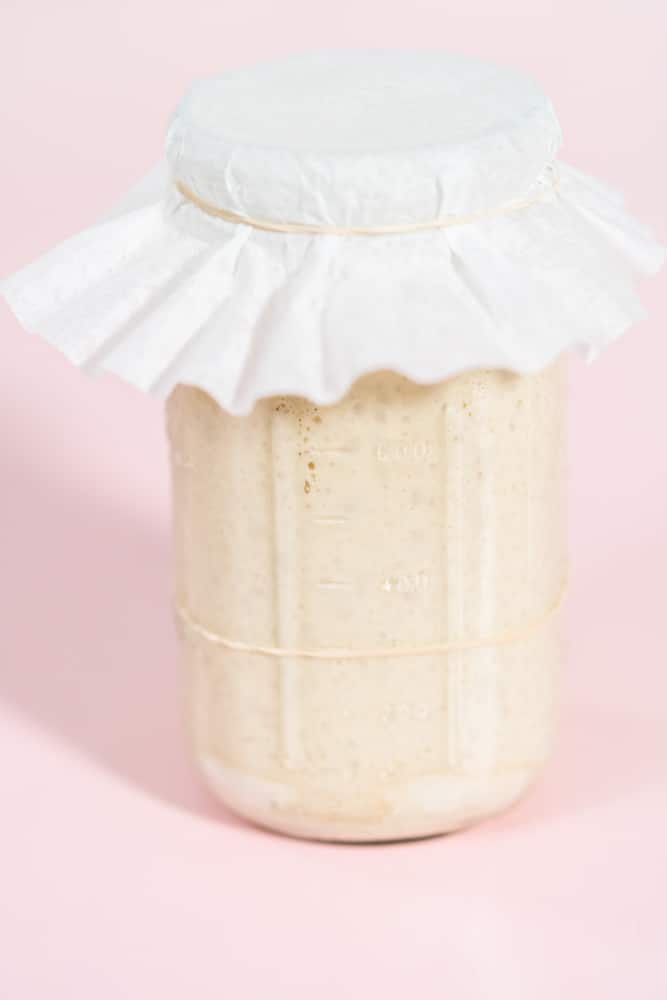
About your starter: Keeping your starter at room temperature is a commitment and you will need to feed your starter two (sometimes more) times a day, especially during the warmer months.
If you’re a more “casual” sourdough baker, you can store your starter in the fridge, feeding it just 1-2 times a week (I usually feed it Wednesday am and pm and use it on Thursday).
Maintaining your starter at room temperature: If keeping your starter at room temperature, repeat this feeding process approximately every 12 hours (more often in the warmer months or in a warmer home). The colder the environment, the slower your starter will grow.
Maintaining your sourdough starter in the refrigerator: Take the starter out of the fridge. If you’re feeding it weekly, it will probably appear a bit blah. There may be a bit of a clear liquid on top. This is called hooch. Discard it (hooch is the alcohol from the fermenting yeast).
Feeding time and Prep for baking: Weigh the starter by transferring it to a bowl. Remove half (if you have 50 grams of starter remove 25). If it’s been a while since you fed your starter (longer than a week) OR if you want to grow your starter for multiple loaves, add double the amount of flour and water to your starter.
To strengthen or grow an already strong starter:
- 50 grams starter
- 100 grams water
- 100 grams unbleached bread flour
Regular feeding:
- 50 grams starter
- 50 grams water
- 50 grams unbleached bread flour
Mix. Cover with breathable material secured with a rubber band to prevent the starter from drying out but allowing air flow. Continue the feeding process every 12 hours. Your starter is ready to use when it’s bubbly and sweet smelling. Another test is placing some starter into a bowl of water. The starter should float.
Click here to read on to part 2.


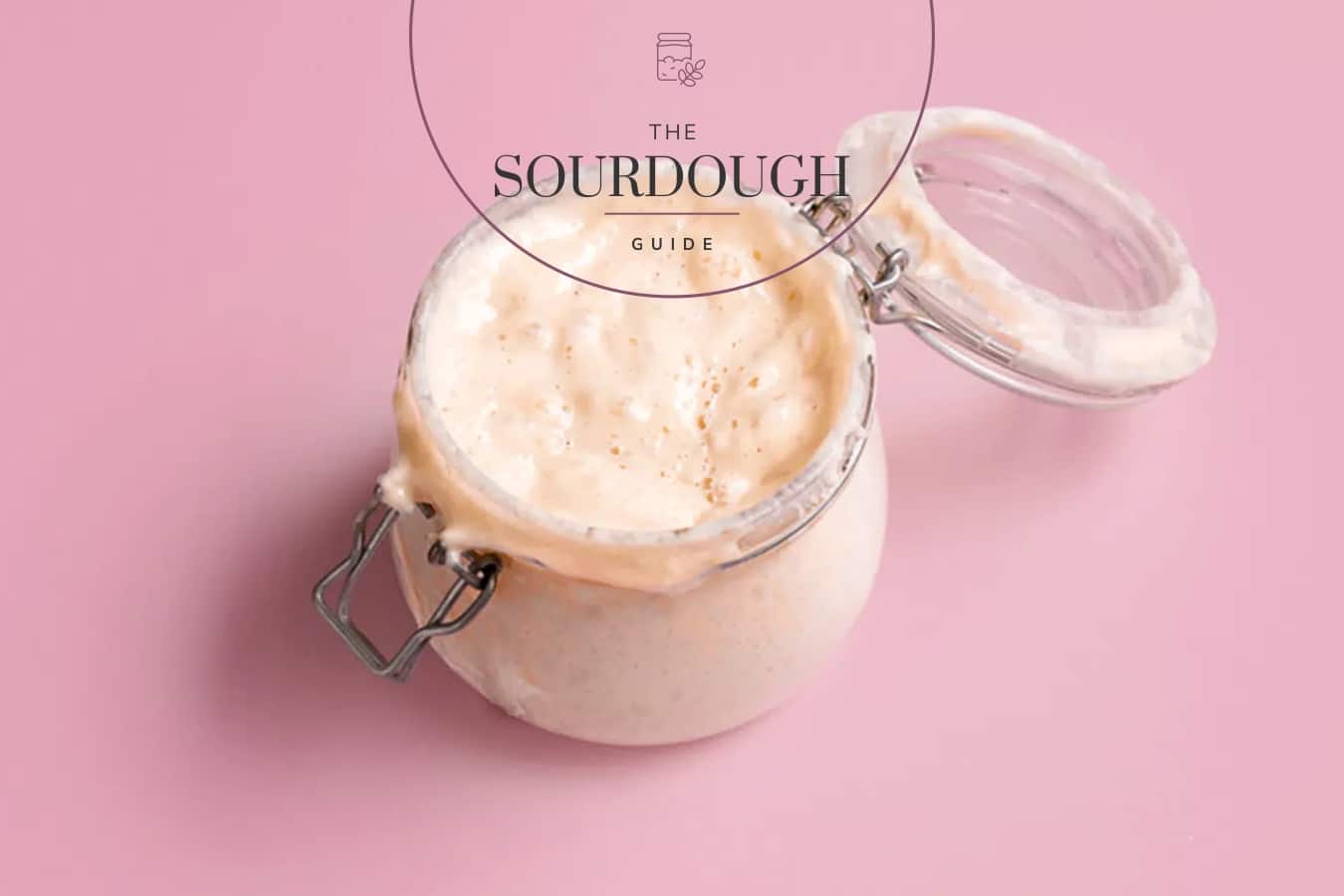
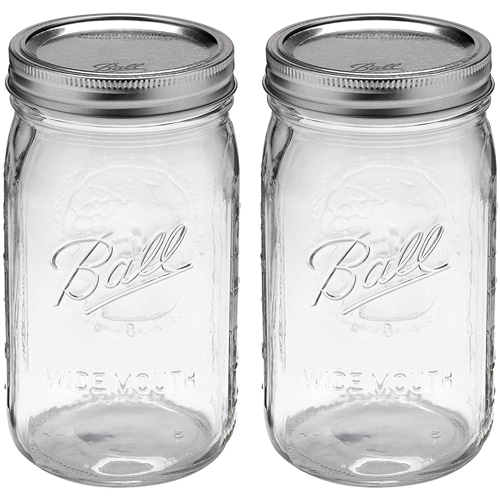
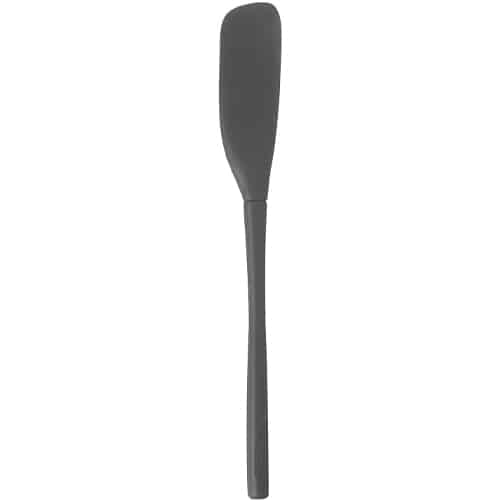
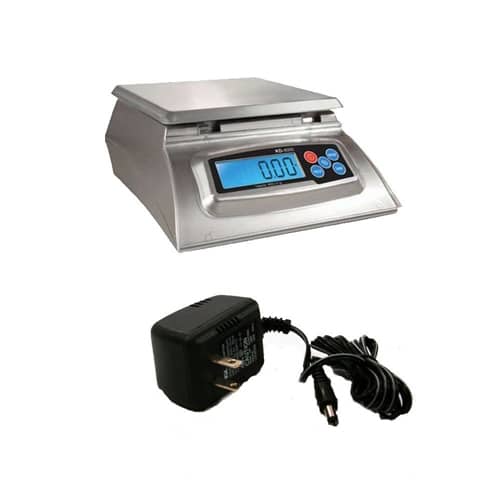
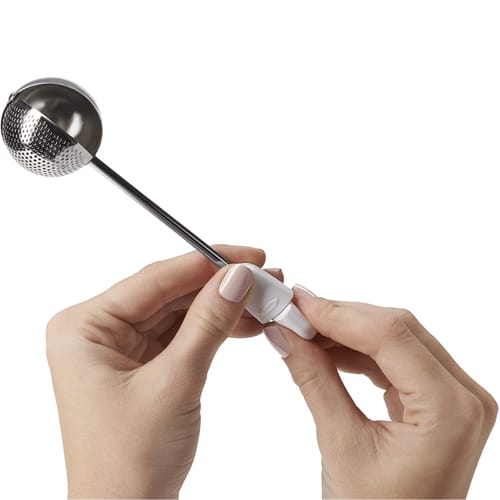
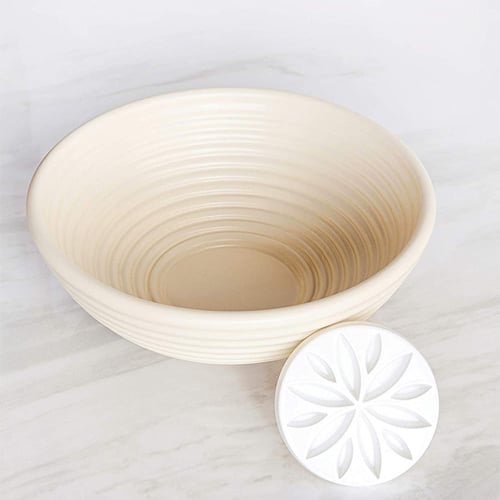
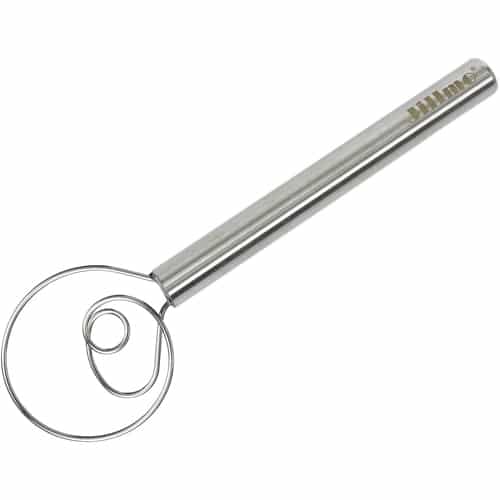
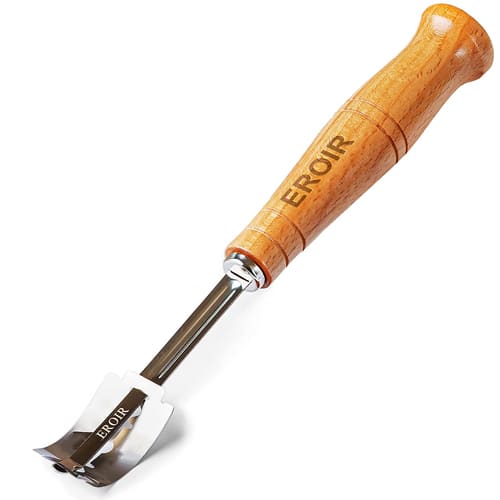
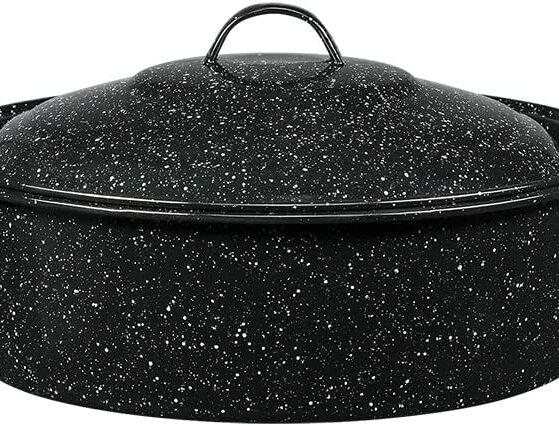

If people are looking to buy less equipment, my bread is probably not the most gourmet but I make a loaf every morning and it’s delicious. I do have a scale, but a cheaper one, I have a lame, but no whisk, I have one proofing basket but I make 4 loaves from a batch so for the other 3 a glass bowl lined with a flour sack (a thin type of cloth napkin you can get from walmart) works fine. I don’t have a dusting wand or a spatula – a regular spoon works fine for me for feeding and mixing. The rubberband sounds good for beginners but at this point I don’t track it so carefully. I keep my starter in a glass jar and achieve that “covered but breathable” effect by using the thin metal ‘plate’ that comes with mason/ ball jars without the sealing ring screwed on. I know my neighbor uses a regular plastic container with the lid laid on top, but not screwed on air tight.
Is a Dutch oven necessary?
No, it’s not. I do use a dutch oven (I own 2 now) but I bought it to use for cooking as well so it was a worthwhile. I adore cooking in it and you’ve never used one before you may just love it. I think it is harder to achieve the “spring” without the oven but if you are to sourdough and skeptical you’d use the pot for cooking you can try the bread without it. I would say if you become a regular baker the investment of money or space is worth it. I think there are internet tricks for baking the bread without it, like having a pan of hot water on the tray beneath the bread to create steam.
What would one do if you want to use white spelt flour?
No
Hi. Only 1/4 inch deep to get a good ear with the scoring?
Can you do a video on how to get perfect score or ear
What to do with the starter on shabbos during that first week? Can I skip a day?
yes you can.
Also, the ratio for starter must be 1:1:1. ( equal amounts of flour, water and starter.
The only exception being the starter, but it MUST be equal or less than the amount of flour and water.
That being said, i start my new starter with 10 grams of each, so i dont have to discard as much.
( I’ve been making a new started every year after Pesach for the last 5 years, as my LOR said to discard it before. Ask your own Sheila. )
I make sourdough without weighing anything and it comes out amazing. I’ll explain briefly what I do.
you take the starter out of the fridge and feed it half the amount of water to flour that’s the basic ratio, use warm water when you mix if the consistency is too thick add some water. Let it bubble if you don’t have enough just feed it more. You can use a 2 lbs container just put the lid on top don’t click it closed. When the starter is almost up to the top pour into bowl and mix with around 3 cups flour 1.5 cups warm water and 1.5 tbls salt the dough should be a good consistency if too sticky add more flour. Put in proofing basket and cover with plastic wrap let sit half hour mix again,then letrise rise 8-12 hours it should double in size. Bake in a covered dutch oven at 450 degrees. 15 minutes covered and then uncovered for 15 minutes. It should sit before you use it.
Also never store it in a plastic bag. Enjoy
Way way too overcomplicated. This is scaring people off from making sourdough. I am not a baker, but I bake sourdough successfully every week and it really is not that big of a deal. Get some starter from a friend so that you don’t have to create your own. And you do NOT need all that equipment!! You need a cheap scale, big bowl, and banneton/smaller bowl. I also recommend a dutch oven which will really elevate it all. For everything else, use plastic spoons, paper towels, or your hands!